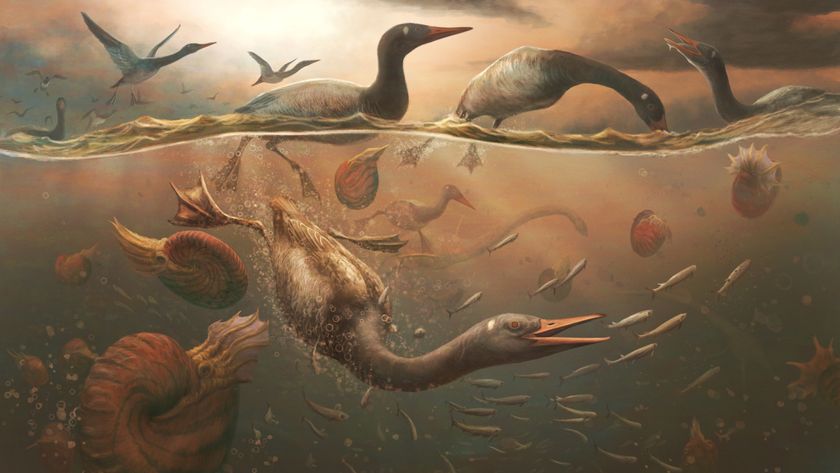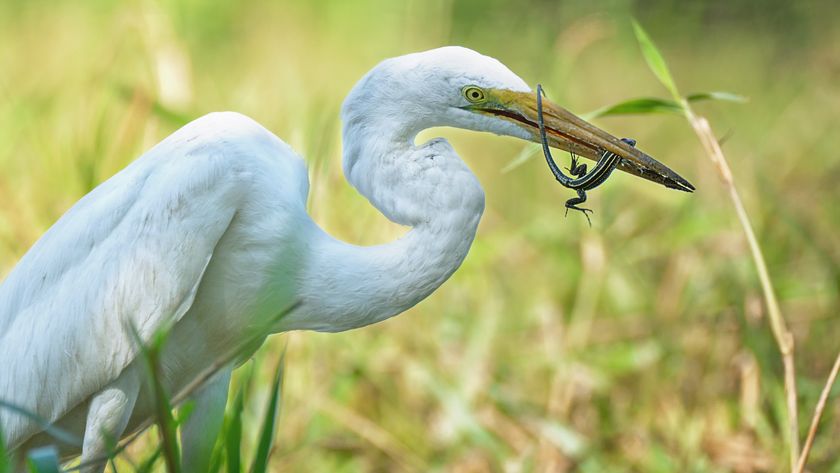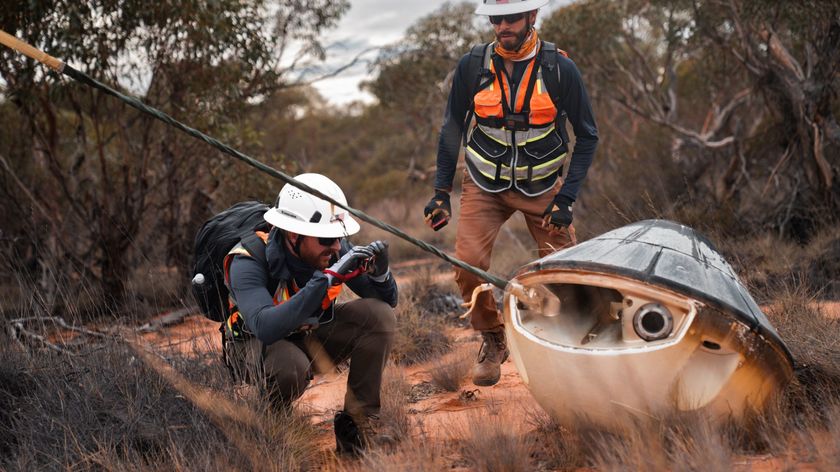Image Gallery: Life at the South Pole
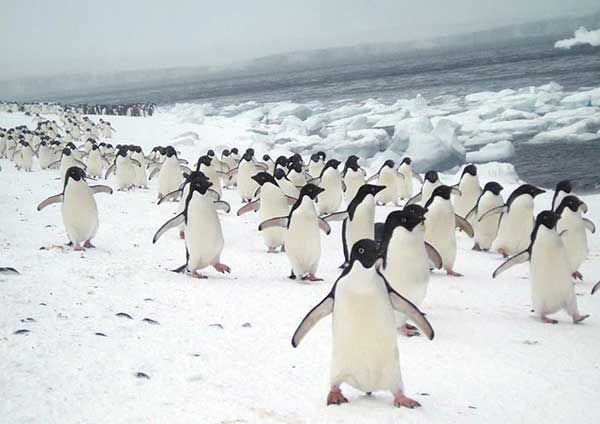
Life at the South Pole
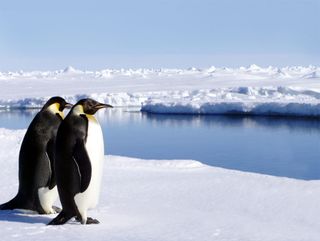
Despite being separated from other continents by oceans and having a reputation for harboring some of the coldest weather on Earth, some birds and sea life find the Antarctic a surprisingly hospitable place to live.
Right whale
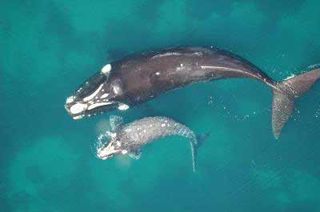
The right whale got its name because whalers believed the creatures were the right ones to hunt since they swam close to shore. Needless to say, right whales were once near the brink of extinction. The southern right whale, which inhabits the Antarctic region, possesses thick layers of insulating blubber that allow them to dissipate their body heat in tropical waters.
Penguins
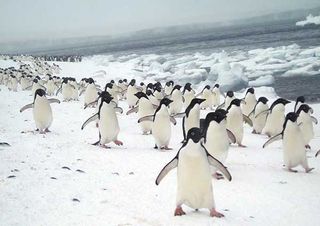
Although penguins are often thought of as inhabiting the bitter cold Antarctic region, there are some species that prefer warmer climates. One species, the Galápagos Penguin, lives near the equator. The largest penguin species is the emperor penguin, which stands three to four feet tall. But modern day penguins would have been dwarfed by their prehistoric ancestors. Some of which were tall as people.
Snowy sheathbill
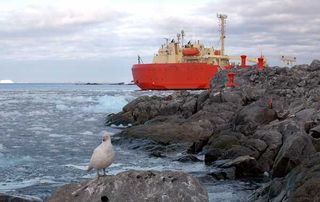
The snowy sheathbill is Antarctica's only permanently land-based bird. Since they can’t swim, they scavenge for food by foot. They can digest any kind of droppings and had even been observed eating a tapeworm that had been living in a Penguin's guts.
Snow petrel
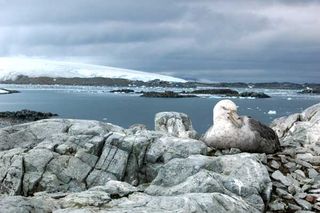
The snow petrel is one of only three birds that breeds exclusively in Antarctica. They can be spotted seen perched on icebergs and are rarely seen north of the icepack.
Ice fish
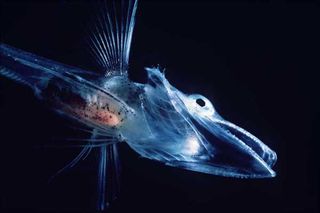
Ice fish are one of the few fish species that doesn’t let frigid temperatures get under their skin. Ice fish possess a natural antifreeze chemical in their blood and body fluids that allow them to survive the freezing, ice-laden waters surrounding the Antarctic.
Rattail fish
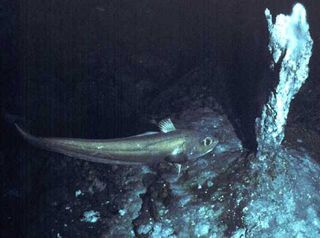
Rattail fish are scavengers of the deep ocean. They have a highly developed sense of smell and can sniff out food in the deep ocean’s dark waters.
Sign up for the Live Science daily newsletter now
Get the world’s most fascinating discoveries delivered straight to your inbox.
Antarctic krill
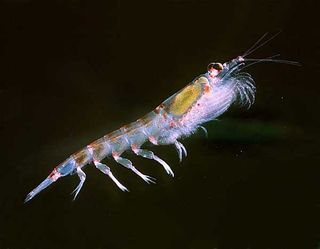
Antarctic krill are one of the world's most abundant animal species and are vital to the survival of many animals that live in the region. It is important food source for whales, seals, squid, icefish, penguins, and many bird species. But Antarctic krill are far from defenseless. They escape predators by flipping their behinds to quickly swim backwards.
Colossal squid
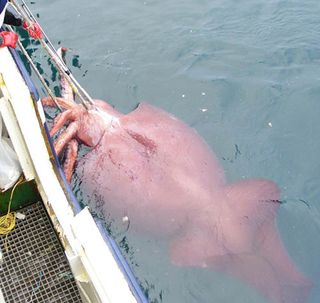
True to its name, the colossal squid is a pretty big squid. It is thought to be the largest invertebrate, measuring 39–46 feet long. It also has the largest eyes of any animal. One of the few animals that dares to mess with a colossal squid are sperm whales. The squid account for about 14% of the squid beaks found in the stomachs of sperm whales.
Dolphins
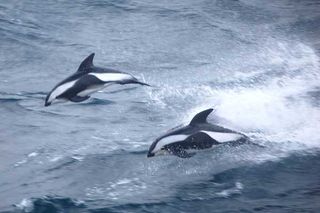
The hourglass dolphin is rarely spotted in the wild. So far, only 20 specimens have been examined and recorded. They often swim with fin whales and whalers would sometimes use hourglass dolphins as "look-outs" to aid them in their hunt.
Killer Whales Make Killer Waves
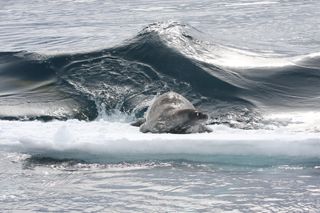
An Antarctic Weddell seal braces itself for a wave made by a killer whale. As many as seven killer whales will band together to make these waves in an attempt to wash the seal from the safety of the ice floe into their waiting jaws. A new study finds that the hunters target Weddell seals over all other species. The researchers reported their findings online March 1, 2011, in the journal Marine Mammal Science.

